In 1816, a British geologist, Joseph Farey, postulated a mathematical axiom concerning a precise sequence of totally reduced fractions between 0 and 1. Soon proven by another theorist, this celebrated axiom came to be known as “the Farey Sequence.”
However, unknown to Farey (or the other theorist) someone else had published comparable findings almost 15 years before. Thus, the discovery was not his and the Farey sequence was named for the wrong man.
This is Farey’s lament.
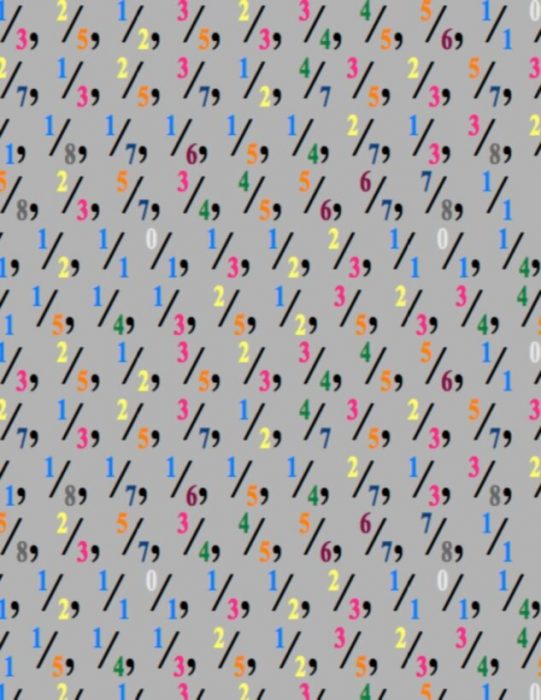
The digital formulations reproduced below feature kaleidoscopic repetitions and ruminations that expand our sense of the mathematical world. In confrontations of color and distortion, b.d. reconfigures the Farey Sequence in slippery accumulations that beg us to consider the intersection of mathematics and visual art as well as the unknowability of the totality of the natural world. Art Editors Heather McCabe and Misha Ponnuraju interviewed b.d. about miracle, repetition, and the sorrows of the unknown:
MP: I loved that, in your explanation of the Farey Sequence, you mention that it was a historical accident that linked Farey’s name with these sequences. Does the role of accident, miracle, or discovery play a big part in your work?
BD: It does, which is one reason why the work of Farey interested me as a subject. I take the numerical patterns set out and see where they take me visually.
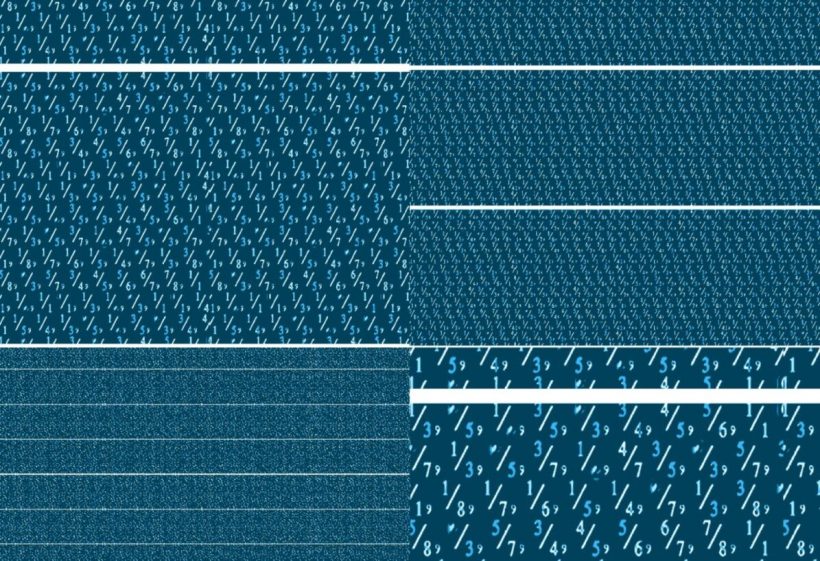
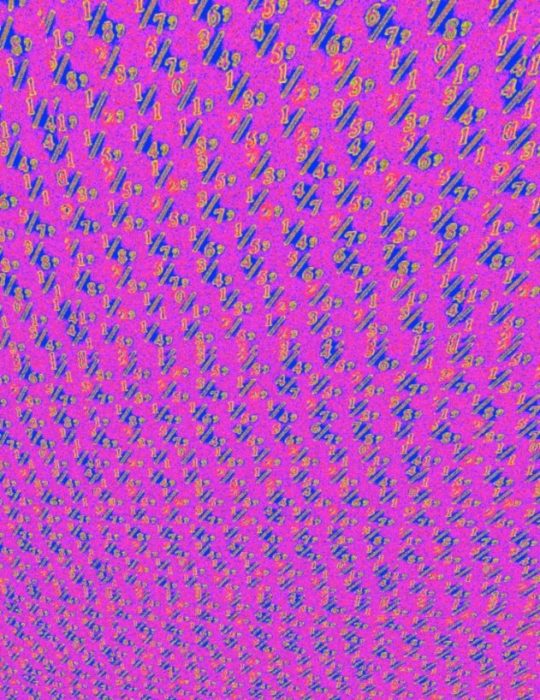
HM: I’m curious about your process, both conceptual and literal. What does the creation of digital art look like for you? How do you know when a work is complete?
BD: It sounds like a terrible cliche but I just know something’s finished when I see it. I take the patterns in written form and just play with them in various ways. Numbers and mathematical formulas lend themselves to digital art in a variety of surprising ways because there is this strong visual component inherent in them.
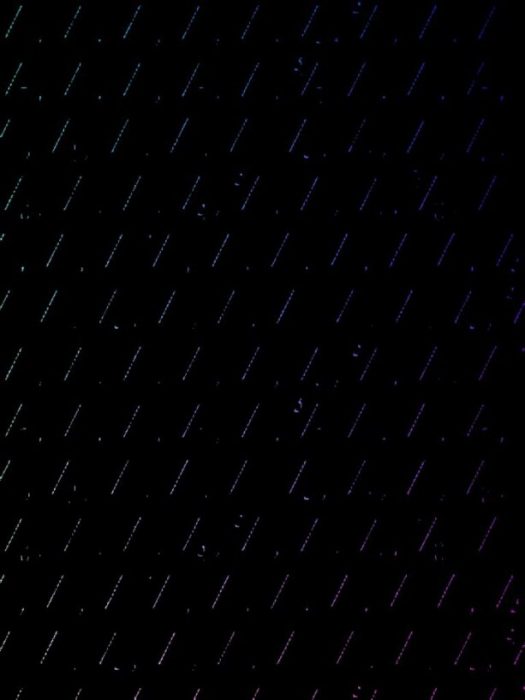

MP: How did you begin incorporating math, patterns, and numbers into your artwork?
BD: I came up with the idea to do an art book on numbers, formulas, and scientific theorems. I’ve done some of the work based on Zipf’s law, Fermat’s theorem, Euler’s theorem, and others. Hopefully, there’s more good stuff to come.
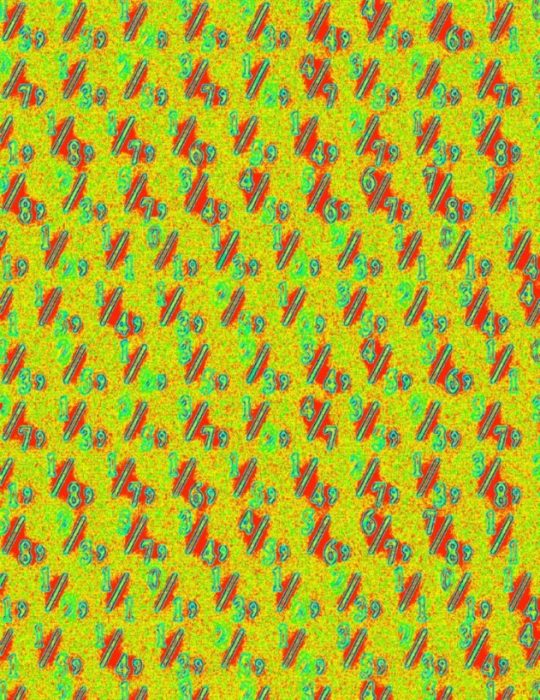
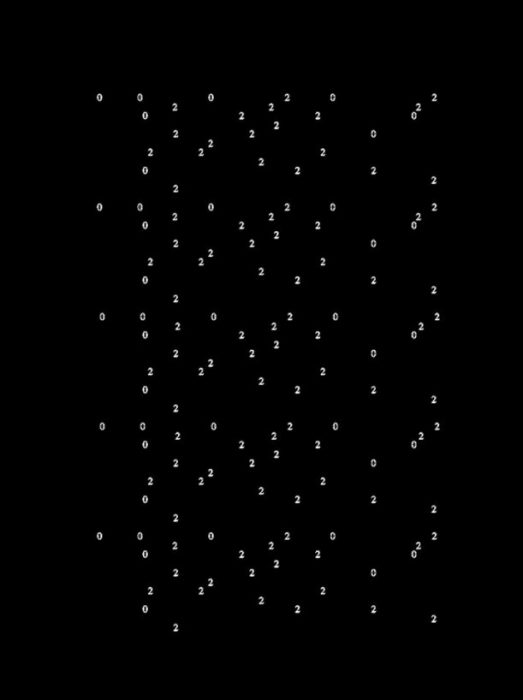
HM: I’m interested in your use of the word ‘lament’ to describe this work. How is this series configured (or not) toward sorrow?
BD: I tried to give the visual sense that the numbers were almost slippery — that they could change shape or vanish at any moment. The whole work is leading at the end to the unknowability notions of quantum physics. For those who saw Oppenheimer, you got a small introduction to those ideas in the movie.
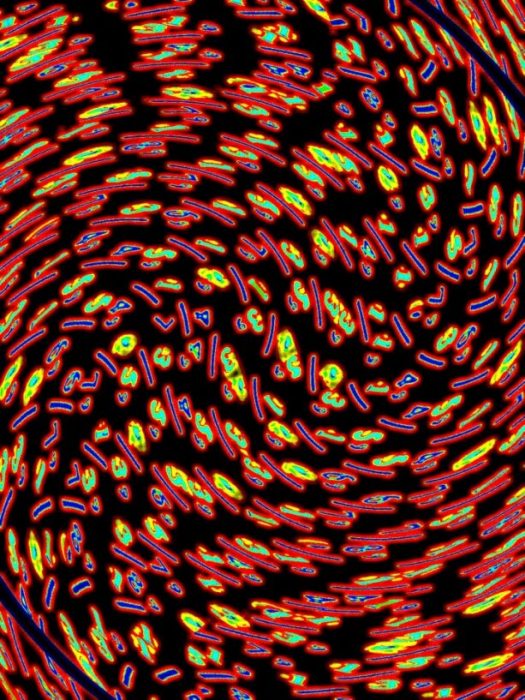
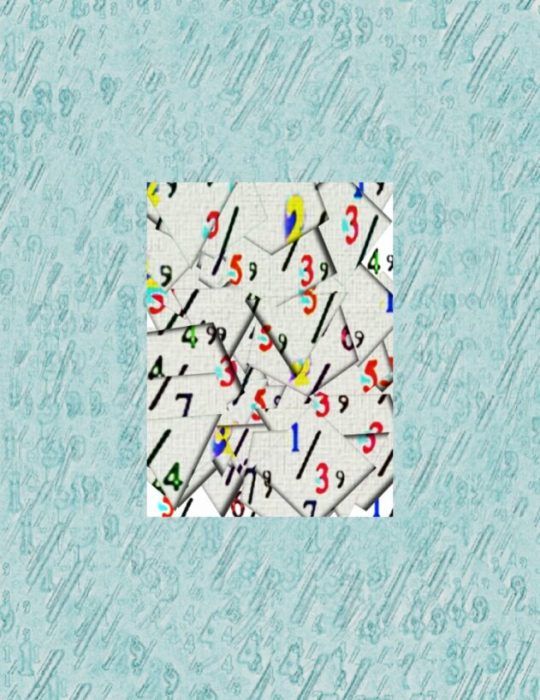
MP: How do your visual art and literary work fuel each other? How are your visual and literary art in conversation with each other?
BD: They are very closely related. My poetry often has a strong visual and typographic component. And I do very little visual art that doesn’t contain some kind of text. I don’t think I can do one without the other. It’s just the way I see things. C
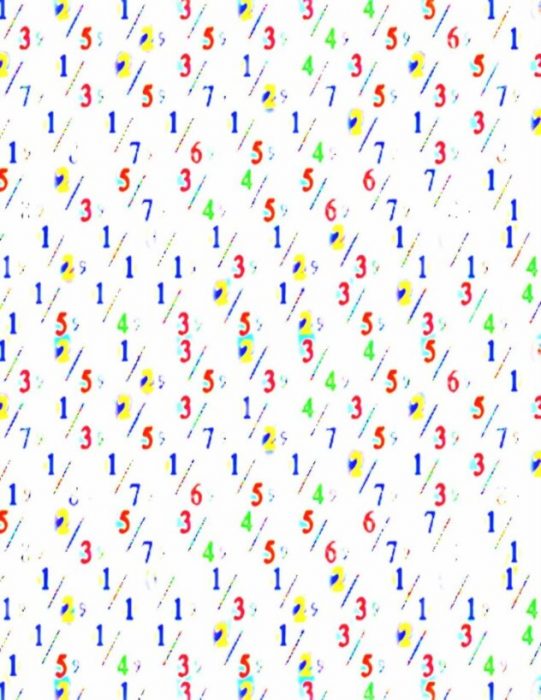
Beatriu Delaveda is the pseudonym of a writer who has written five books as well as two chapbooks of visual poetry. The poetry, fiction, and non-fiction of BD have been published in, among others, the Guardian, Atlantic, New York Times, McSweeney’s, Sugar House, Orbis, fleeting, Mobius, 3 am, Mudlark, Paterson Literary Review, Pennine Platform, Plume, Storm Cellar, Mercurius, morphrog, mono, Tupelo Quarterly, The Bamboo Hut and Clapboard House, where they won a short story prize.
